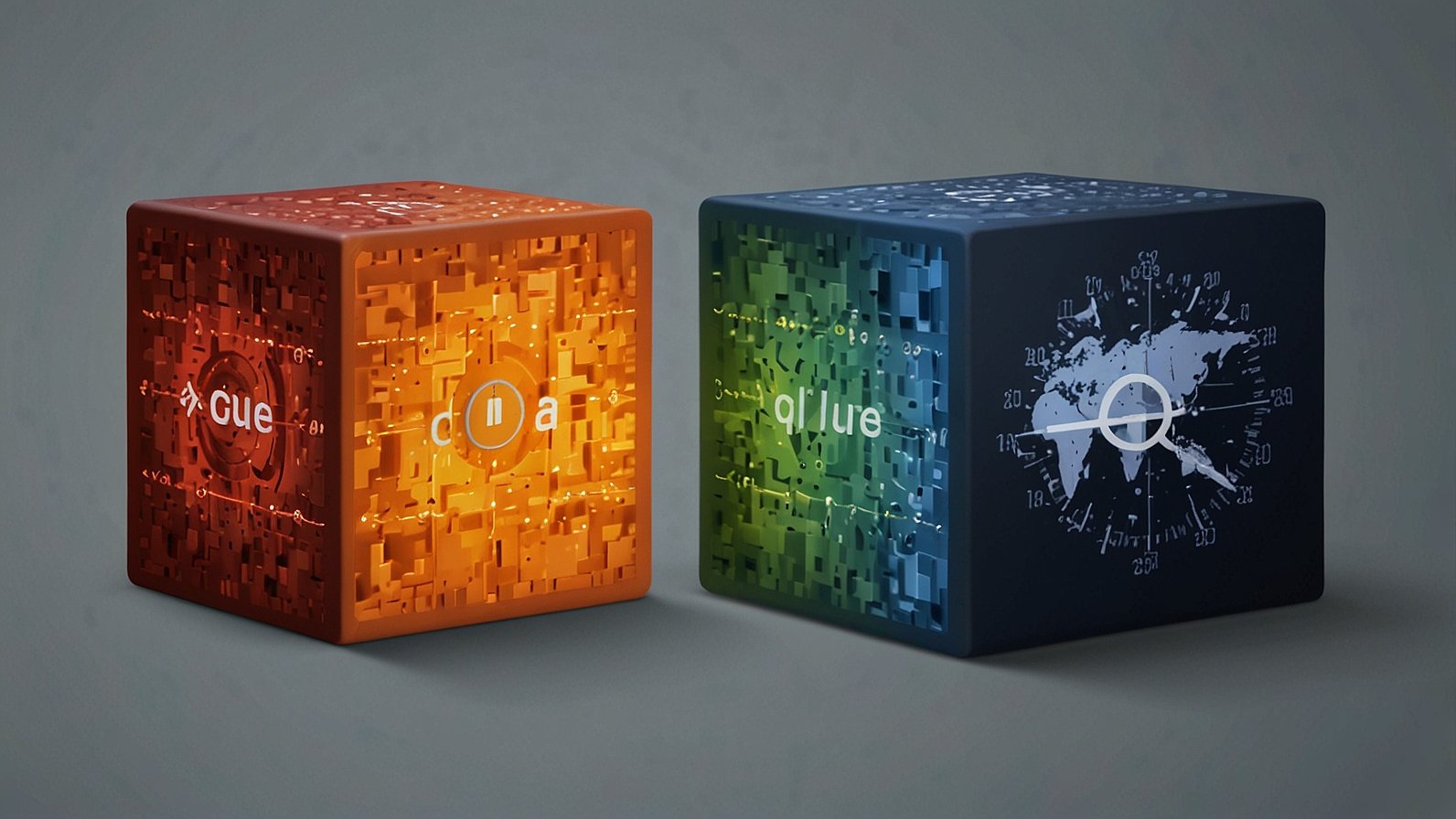Ever felt that frustrating lag when your Clojure application pauses to save or send a large chunk of data? It’s like waiting for a giant spreadsheet to load—you know the information is there, but the delay kills your flow. What if you could snap freeze your data structures instantly and thaw them out just as fast, anytime you need them?
That’s exactly the superpower a nippy file gives you.
For Clojure developers, working with data is a way of life. But when it comes to serialization—converting those elegant maps, sets, and vectors into a storable format—the built-in tools can feel a bit… slow. Nippy is the mature, high-performance library that changes the game, and the .nippy file is its powerful output. Let’s break down why it’s become a backbone for so many production systems.
Thawing Out the Mystery: What Exactly is a Nippy File?
At its heart, a nippy file is a compact, binary representation of your Clojure data. Think of it not as a text document, but as a perfectly preserved fossil.
- The Freezer: The Nippy library.
- The Process: You give Nippy a data structure (a map, a list, even custom records).
- The Output: It returns a tightly packed, efficient byte array that you can write to a
.nippyfile, send over a network, or store in a database. - The Result: Later, you can read that file and “thaw” it back into the exact same Clojure data structure, instantly.
It’s designed from the ground up for speed and efficiency, especially when dealing with large or complex data, making it a far faster alternative to Clojure’s native reader.
The Top 3 Reasons Your Clojure Project Needs Nippy
Why has Nippy become the go-to choice for serious Clojure applications? The benefits are clear:
- Raw Speed and Performance: This is the main event. Nippy is built for velocity. Serializing and deserializing data with Nippy is significantly faster than using
pr-str/read-stringfor large datasets. This translates to quicker save times, faster cache retrievals, and snappier inter-service communication. - Compact and Efficient Storage: A nippy file is a binary format. It doesn’t waste space on parentheses and whitespace like readable EDN. This means smaller file sizes and less bandwidth used when sending data across the wire, which saves money and improves latency.
- Safety and Flexibility: Unlike the Clojure reader, which can execute code (a security risk!), Nippy is safe by default. It also supports a wide range of data types out of the box and allows for extensibility, meaning you can teach it how to freeze and thaw your own custom types.
How to Freeze and Thaw Your Data: A Quick-Start Guide
Ready to give it a try? Using Nippy is wonderfully straightforward. Imagine an infographic here with two simple arrows: one pointing down labeled “freeze-to” and one pointing up labeled “thaw-from.”
First, add Nippy to your project dependencies (you can find the latest version on Clojars).
clojure
(require '[taoensso.nippy :as nippy])
;; Let's create some data to freeze
(def my-precious-data
{:users ["Alice" "Bob" "Charlie"]
:scores {:math 98, :clojure 100}})
;; FREEZE it into a byte array and save to a .nippy file
(spit "data.nippy"
(nippy/freeze my-precious-data))
;; Some time later... THAW it back into Clojure
(def retrieved-data
(nippy/thaw (slurp "data.nippy")))
(= my-precious-data retrieved-data) ; => true!
It’s that simple. For most use cases, the defaults work perfectly. For advanced needs, you can dive into compression, encryption, and custom type handlers.
Nippy in the Wild: Real-World Use Cases
This isn’t just theoretical. Major companies and libraries rely on Nippy for critical path operations.
- Apache Storm: The distributed real-time computation system uses Nippy for serializing tuples, where performance is absolutely paramount.
- Downstream Libraries: Popular Clojure libraries like Carmine (Redis client) and Onyx (distributed computing) use Nippy under the hood for efficient data transfer and storage.
- Application Caching: Need to cache a massive, computed dataset? Freezing it to a nippy file on disk is a incredibly fast way to save and load it.
Your Data Toolkit: What to Try Next
Integrating Nippy can be one of those small changes that delivers a huge performance win. Here are your next steps:
- Profile Your App: Identify a part of your application that serializes large data—maybe a cache or an API response.
- Benchmark It: Time how long it takes with your current method (e.g., EDN), then compare it to Nippy. The difference might surprise you.
- Start Simple: Replace just one
spit/slurpoperation with Nippy’sfreezeandthawto see the benefits firsthand. - Explore Advanced Features: Once you’re comfortable, look into custom type serialization for your domain-specific records.
Nippy is a brilliant example of the Clojure ecosystem solving a practical problem with elegance and sheer power. So, the next time your app starts to feel sluggish under the weight of its data, remember you have a powerful tool ready to go.
What’s the largest or most complex data structure you’ve had to serialize in your work?
You May Also Read: What Is someboringsite.com? Your Guide to a Curious Internet Gem
FAQs
Q: Is a Nippy file human-readable?
A: No, unlike EDN or JSON, a nippy file is a binary format. It’s not meant to be edited in a text editor; it’s designed for machines to read and write quickly.
Q: Can Nippy handle all Clojure data types?
A: It handles almost all of them out of the box, including core types, records, and atoms. For truly custom Java objects or other exotic types, you may need to write a custom extension.
Q: Is it safe to thaw a Nippy file from an untrusted source?
A: While safer than the Clojure reader, you should still be cautious. Nippy has configurable security measures, but the default settings are generally safe for trusted data. Always validate the source of any file you thaw.
Q: How does it compare to other formats like JSON or Transit?
A: JSON is a universal text format but slower and less expressive for Clojure types. Transit is excellent for cross-language communication (e.g., Clojure/JS). Nippy is specifically optimized for pure Clojure-to-Clojure speed and efficiency.
Q: Where can I find the library?
A: Nippy is available on the standard Clojars repository. You can find it by searching for “nippy” on clojars.org.











